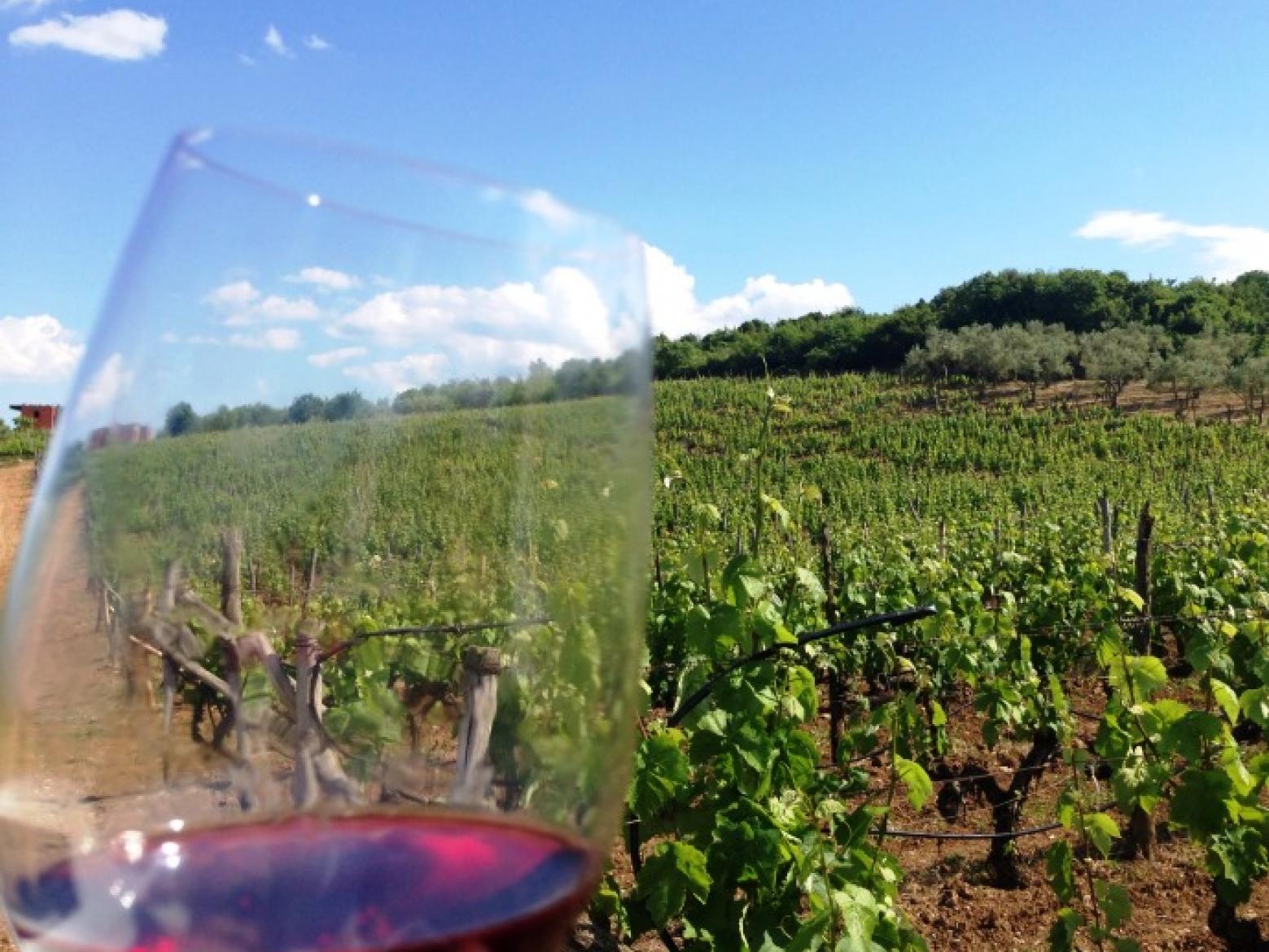Xinomavro: The Prima Donna of Greek grapes
Frequently in articles or books Xinomavro is referred as the diva of the Greek vineyards. I personally prefer to call it, a prima donna!
Quite recently I have been asked what a wine diva stands for and whether this was just another marketing phrase as it is commonly being used for other varieties as well. Well, I’ll take this challenge with pleasure, proving that Xinomavro has nothing to do with the marketing stardust for it is a real pain in the a** for both the vine grower and the winemaker.
To start, Xinomavro is a variety low in pigments which means that in order get satisfactory colour a very specific protocol is needed that begins in the vineyard pursuing optimal ripeness (green harvest mainly but also rigorous pruning are key) and continues in the cellar. There the winemaker has the options of concentrating the must by adopting the saignee method for the production of a rose wine and implementing pre-fermentation cold soak. Of course other techniques exist as well that create a difference.
Secondly, Xinomavro is a highly productive variety. So to avoid the intense vegetal character due to the high yields and smell instead of the aromas of cherries, strawberries and roses, the aim should be for 50 hl/ha (this is for Naoussa PDO), i.e. around 6 to 7 bunches per vine for the productive Xinomavro biotype that has loaded bunches.
It is therefore a variety poor in colour and very vigorous (a non-desirable characteristic if looking for quality wines). It is also a variety that has plenty of tannins (phenolic substances that form the backbone of red wines). Therefore tannin management is the absolute key. Once again, you need to put a lot of work in the vineyard and in the winery otherwise these phenols will dry your palate like suffering a heavy injection by the dentist or drinking black tea that was left over in the fridge.
Lastly, Xinomavro is a variety with a plethora of biotypes and clones. To put it simply, Xinomavro family has many siblings each one giving different features and of course, needing different handling to get the maximum in the wine.
Therefore Xinomavro is a diva for is such a capricious grape; A passenger who does not tolerate any other people in her flight, a passenger who listens to the maximum volume the classic ''My way'' song.
Yet what happens is that despite these tricks, Xinomavro can provide some of the most complex, breathtaking, highly refined and complex wines offering excitement, tension and elements of surprise.
And this makes Xinomavro, a Prima Donna!
Facts about Xinomavro
Plantings: 1971 ha across Greece, 324 ha for Naoussa PDO.
PDO’s: Naoussa and Amyndeon (100% Xinomavro), Goumenissa (blended with Negoska), Rapsani (blended with other two varieties of minor importance)
Aromatic profile: Cherries, strawberries, roses, dried tomatoes, earthy minerality. Develops truffle complexity with age.
Structural profile: Firm tannins, medium full bodied, bright acidity, 13.5-14% abv
Style of Amyndeon: More refined and floral compared to Naoussa which is more structured and robust.
Styles of Naoussa but will get back to that
Modern: Diamantakos, Kokkinos, Boutari Naoussa, Tsantali, Vaeni, Elinos.
Traditional: Boutari Grand Reserve, Foundi Naoussaia, Foundi Estate, Chrissohoou, Melitzani.
A cross of modernism and traditionalism with full body and ambition: Thymiopoulos, Dalamara, Karydas, Markovitis from 2012 vintage, Boutari Legacy, Argatia, Ramnista Kir-Yianni.





